The global baby food market is expected to grow from USD 68.42billion in 2020 to USD 119.47 billion by 2028, at a CAGR of 6.39% during the forecast period 2021-2028.
Baby food is a specialized formula-based food that is prepared for the infants as they are unable to eat solids food items. These are specially prepared for the infants who are four months to forty-eight months old. The baby food is available in different varieties, which can be easily consumed by the infants. The baby food can be prepared at home;however, it may not include all the necessary ingredients and specialized formula which is present in the commercially available infant formulas. These food products are advised to be given when a child has reached a specified age, which is generally six months. The preparation of nutritious food for babies is a common problem faced by households due to scarcity of time and resources. The increasing awareness among consumers, coupled with increasing per capita income, is the major driving factor for the market.
This study delivers a comprehensive analysis of product type, nature, distribution channel and regions. The product type segment includes baby cereals, frozen baby food, baby soups, milk formula food, baby snacks and others. Among these, baby cereals hold the majority of the market shares. Baby cereals are easier to digest and contain most of the nutrients, which is essential for the development of newborns. The cereals are a source of whole wheat grains, which are fibrous and delivers protein to the baby's body. The nature segment includes organic and conventional. Out of the two, the conventional segment accounts for higher market shares. The conventional baby foods are trusted by the parents of newborns. These are available in the market for a longer period of time, which is the reason consumers are well-versed with the ingredients. The distribution channel segment includes supermarkets and hypermarkets, convenience stores, grocery retailers, pharmacies, online and others. Out of these segments, supermarkets and hypermarkets are the dominant distribution channel. The consumers find it convenient to visit these stores as they are mostly available in each locality.
The market has been divided into North America, Europe, Asia-Pacific, Middle East & Africa, and South America. Asia-Pacific holds the majority of the market shares. The high birth rate in countries like India, China and Japan is the primary driver of the growth of the market in the region. Also, the increasing purchasing power of consumers has positively impacted the market.
Some of the notable players in the baby food market are DANONE, Nestlé SA, Abbott Laboratories Inc., Royal FrieslandCampina NV, Pfizer Inc, GlaxoSmithKline Plc, Bellamy Organics, Mead Johnson & Company LLC, Bristol-Myers Squibb, HJ Heinz, Hero Group GmbH, Perrigo Company Plc, Campbell Soups, Arla Foods Amba, Dean Foods Co., Hain Celestial Group Inc. among others.
This study forecasts revenue growth at global, regional, and country levels from 2021 to 2028. Fior Markets has segmented the market based on the below-mentioned segments:
Global Baby Food Market Analysis And Forecast, By Product Type
Global Baby Food Market Analysis And Forecast, By Nature
Global Baby Food Market Analysis And Forecast, By Distribution Channel
Global Baby Food Market Analysis And Forecast, By Region
Report Description:
1. Introduction
1.1. Objectives of the Study
1.2. Market Definition
1.3. Research Scope
1.4. Currency
1.5. Key Target Audience
2. Research Methodology and Assumptions
3. Executive Summary
4. Premium Insights
4.1. Porter’s Five Forces Analysis
4.2. Value Chain Analysis
4.3. Top Investment Pockets
4.3.1. Market Attractiveness Analysis By Product Type
4.3.2. Market Attractiveness Analysis By Nature
4.3.3. Market Attractiveness Analysis By Distribution Channel
4.3.4. Market Attractiveness Analysis By Region
4.4. Industry Trends
5. Market Dynamics
5.1. Market Evaluation
5.2. Drivers
5.2.1. Shifting preference towards infant formula
5.2.2. Increase in working women population
5.3. Restraints
5.3.1. Addition of harmful flavouring agents
5.4. Opportunities
5.4.1. Increasing per capita of consumers in developing economies
5.5. Challenges
5.5.1. Stringent regulations regarding product approval
6. Global Baby Food Market Analysis and Forecast, By Product Type
6.1. Segment Overview
6.2. Baby Cereals
6.3. Frozen Baby Food
6.4. Baby Soups
6.5. Milk Formula Food
6.6. Baby Snacks
6.7. Others
7. Global Baby Food Market Analysis and Forecast, By Nature
7.1. Segment Overview
7.2. Organic
7.3. Conventional
8. Global Baby Food Market Analysis and Forecast, By Distribution Channel
8.1. Segment Overview
8.2. Supermarkets and Hypermarkets
8.3. Convenience Stores
8.4. Grocery Retailers
8.5. Pharmacies
8.6. Online
8.7. Others
9. Global Baby Food Market Analysis and Forecast, By Regional Analysis
9.1. Segment Overview
9.2. North America
9.2.1. U.S.
9.2.2. Canada
9.2.3. Mexico
9.3. Europe
9.3.1. Germany
9.3.2. France
9.3.3. U.K.
9.3.4. Italy
9.3.5. Spain
9.4. Asia-Pacific
9.4.1. Japan
9.4.2. China
9.4.3. India
9.5. South America
9.5.1. Brazil
9.6. Middle East and Africa
9.6.1. UAE
9.6.2. South Africa
10. Global Baby Food Market-Competitive Landscape
10.1. Overview
10.2. Market Share of Key Players in Global Baby Food Market
10.2.1. Global Company Market Share
10.2.2. North America Company Market Share
10.2.3. Europe Company Market Share
10.2.4. APAC Company Market Share
10.3. Competitive Situations and Trends
10.3.1. Product Launches and Developments
10.3.2. Partnerships, Collaborations and Agreements
10.3.3. Mergers & Acquisitions
10.3.4. Expansions
11. Company Profiles
11.1. DANONE
11.1.1. Business Overview
11.1.2. Company Snapshot
11.1.3. Company Market Share Analysis
11.1.4. Company Product Portfolio
11.1.5. Recent Developments
11.1.6. SWOT Analysis
11.2. Nestlé SA
11.2.1. Business Overview
11.2.2. Company Snapshot
11.2.3. Company Market Share Analysis
11.2.4. Company Product Portfolio
11.2.5. Recent Developments
11.2.6. SWOT Analysis
11.3. Abbott Laboratories Inc.
11.3.1. Business Overview
11.3.2. Company Snapshot
11.3.3. Company Market Share Analysis
11.3.4. Company Product Portfolio
11.3.5. Recent Developments
11.3.6. SWOT Analysis
11.4. Royal FrieslandCampina NV
11.4.1. Business Overview
11.4.2. Company Snapshot
11.4.3. Company Market Share Analysis
11.4.4. Company Product Portfolio
11.4.5. Recent Developments
11.4.6. SWOT Analysis
11.5. Pfizer Inc
11.5.1. Business Overview
11.5.2. Company Snapshot
11.5.3. Company Market Share Analysis
11.5.4. Company Product Portfolio
11.5.5. Recent Developments
11.5.6. SWOT Analysis
11.6. GlaxoSmithKline Plc
11.6.1. Business Overview
11.6.2. Company Snapshot
11.6.3. Company Market Share Analysis
11.6.4. Company Product Portfolio
11.6.5. Recent Developments
11.6.6. SWOT Analysis
11.7. Bellamy Organics
11.7.1. Business Overview
11.7.2. Company Snapshot
11.7.3. Company Market Share Analysis
11.7.4. Company Product Portfolio
11.7.5. Recent Developments
11.7.6. SWOT Analysis
11.8. Mead Johnson & Company LLC
11.8.1. Business Overview
11.8.2. Company Snapshot
11.8.3. Company Market Share Analysis
11.8.4. Company Product Portfolio
11.8.5. Recent Developments
11.8.6. SWOT Analysis
11.9. Bristol-Myers Squibb
11.9.1. Business Overview
11.9.2. Company Snapshot
11.9.3. Company Market Share Analysis
11.9.4. Company Product Portfolio
11.9.5. Recent Developments
11.9.6. SWOT Analysis
11.10. HJ Heinz
11.10.1. Business Overview
11.10.2. Company Snapshot
11.10.3. Company Market Share Analysis
11.10.4. Company Product Portfolio
11.10.5. Recent Developments
11.10.6. SWOT Analysis
11.11. Hero Group GmbH
11.11.1. Business Overview
11.11.2. Company Snapshot
11.11.3. Company Market Share Analysis
11.11.4. Company Product Portfolio
11.11.5. Recent Developments
11.11.6. SWOT Analysis
11.12. Perrigo Company Plc
11.12.1. Business Overview
11.12.2. Company Snapshot
11.12.3. Company Market Share Analysis
11.12.4. Company Product Portfolio
11.12.5. Recent Developments
11.12.6. SWOT Analysis
11.13. Campbell Soups
11.13.1. Business Overview
11.13.2. Company Snapshot
11.13.3. Company Market Share Analysis
11.13.4. Company Product Portfolio
11.13.5. Recent Developments
11.13.6. SWOT Analysis
11.14. Arla Foods Amba
11.14.1. Business Overview
11.14.2. Company Snapshot
11.14.3. Company Market Share Analysis
11.14.4. Company Product Portfolio
11.14.5. Recent Developments
11.14.6. SWOT Analysis
11.15. Dean Foods Co.
11.15.1. Business Overview
11.15.2. Company Snapshot
11.15.3. Company Market Share Analysis
11.15.4. Company Product Portfolio
11.15.5. Recent Developments
11.15.6. SWOT Analysis
11.16. Hain Celestial Group Inc.
11.16.1. Business Overview
11.16.2. Company Snapshot
11.16.3. Company Market Share Analysis
11.16.4. Company Product Portfolio
11.16.5. Recent Developments
11.16.6. SWOT Analysis
List of Table
1. Global Baby Food Market, By Product Type, 2020-2028(USD Billion) (Grams)
2. GlobalBaby Cereals, Baby Food Market, By Region, 2020-2028(USD Billion) (Grams)
3. GlobalFrozen Baby Food, Baby Food Market, By Region, 2020-2028(USD Billion) (Grams)
4. GlobalBaby Soups, Baby Food Market, By Region, 2020-2028 (USD Billion) (Grams)
5. GlobalMilk Formula Food, Baby Food Market, By Region, 2020-2028 (USD Billion) (Grams)
6. GlobalBaby Snacks, Baby Food Market, By Region, 2020-2028 (USD Billion) (Grams)
7. GlobalOthers, Baby Food Market, By Region, 2020-2028(USD Billion) (Grams)
8. Global Baby Food Market, By Nature, 2020-2028(USD Billion) (Grams)
9. GlobalOrganic, Baby Food Market, By Region, 2020-2028(USD Billion) (Grams)
10. Global Conventional,Baby Food Market, By Region, 2020-2028(USD Billion) (Grams)
11. Global Baby Food Market, By Distribution Channel, 2020-2028(USD Billion) (Grams)
12. GlobalSupermarkets and Hypermarkets, Baby Food Market, By Region, 2020-2028(USD Billion) (Grams)
13. GlobalConvenience Stores, Baby Food Market, By Region, 2020-2028(USD Billion) (Grams)
14. Global Grocery Retailers, Baby Food Market, By Region, 2020-2028(USD Billion) (Grams)
15. GlobalPharmacies, Baby Food Market, By Region, 2020-2028(USD Billion) (Grams)
16. GlobalOnline,Baby Food Market, By Region, 2020-2028(USD Billion) (Grams)
17. Global Others,Baby Food Market, By Region, 2020-2028 (USD Billion) (Grams)
18. North America Baby Food Market, By Product Type, 2020-2028(USD Billion) (Grams)
19. North America Baby Food Market, By Nature, 2020-2028(USD Billion) (Grams)
20. North America Baby Food Market, By Distribution Channel, 2020-2028(USDBillion) (Grams)
21. U.S. Baby Food Market, By Product Type, 2020-2028(USD Billion) (Grams)
22. U.S. Baby Food Market, By Nature, 2020-2028(USD Billion) (Grams)
23. U.S. Baby Food Market, By Distribution Channel, 2020-2028(USD Billion) (Grams)
24. Canada Baby Food Market, By Product Type, 2020-2028(USD Billion) (Grams)
25. Canada Baby Food Market, By Nature, 2020-2028(USD Billion) (Grams)
26. Canada Baby Food Market, By Distribution Channel, 2020-2028(USD Billion) (Grams)
27. Mexico Baby Food Market, By Product Type, 2020-2028(USD Billion) (Grams)
28. Mexico Baby Food Market, By Nature, 2020-2028(USD Billion) (Grams)
29. Mexico Baby Food Market, By Distribution Channel, 2020-2028(USD Billion) (Grams)
30. Europe Baby Food Market, By Product Type, 2020-2028(USD Billion) (Grams)
31. Europe Baby Food Market, By Nature, 2020-2028(USD Billion) (Grams)
32. Europe Baby Food Market, By Distribution Channel, 2020-2028(USD Billion) (Grams)
33. Germany Baby Food Market, By Product Type, 2020-2028(USD Billion) (Grams)
34. Germany Baby Food Market, By Nature, 2020-2028(USD Billion) (Grams)
35. Germany Baby Food Market, By Distribution Channel, 2020-2028(USD Billion) (Grams)
36. France Baby Food Market, By Product Type, 2020-2028(USD Billion) (Grams)
37. France Baby Food Market, By Nature, 2020-2028(USD Billion) (Grams)
38. France Baby Food Market, By Distribution Channel, 2020-2028(USD Billion) (Grams)
39. U.K. Baby Food Market, By Product Type, 2020-2028(USD Billion) (Grams)
40. U.K. Baby Food Market, By Nature, 2020-2028(USD Billion) (Grams)
41. U.K. Baby Food Market, By Distribution Channel, 2020-2028(USD Billion) (Grams)
42. Italy Baby Food Market, By Product Type, 2020-2028(USD Billion) (Grams)
43. Italy Baby Food Market, By Nature, 2020-2028(USD Billion) (Grams)
44. Italy Baby Food Market, By Distribution Channel, 2020-2028(USD Billion) (Grams)
45. Spain Baby Food Market, By Product Type, 2020-2028(USD Billion) (Grams)
46. Spain Baby Food Market, By Nature, 2020-2028(USD Billion) (Grams)
47. Spain Baby Food Market, By Distribution Channel, 2020-2028(USD Billion) (Grams)
48. Asia Pacific Baby Food Market, By Product Type, 2020-2028(USD Billion) (Grams)
49. Asia Pacific Baby Food Market, By Nature, 2020-2028(USD Billion) (Grams)
50. Asia Pacific Baby Food Market, By Distribution Channel, 2020-2028(USD Billion) (Grams)
51. Japan Baby Food Market, By Product Type, 2020-2028(USD Billion) (Grams)
52. Japan Baby Food Market, By Nature, 2020-2028(USD Billion) (Grams)
53. Japan Baby Food Market, By Distribution Channel, 2020-2028(USD Billion) (Grams)
54. China Baby Food Market, By Product Type, 2020-2028(USD Billion) (Grams)
55. China Baby Food Market, By Nature, 2020-2028(USD Billion) (Grams)
56. China Baby Food Market, By Distribution Channel, 2020-2028(USD Billion) (Grams)
57. India Baby Food Market, By Product Type, 2020-2028(USD Billion) (Grams)
58. India Baby Food Market, By Nature, 2020-2028(USD Billion) (Grams)
59. India Baby Food Market, By Distribution Channel, 2020-2028(USD Billion) (Grams)
60. South America Baby Food Market, By Product Type, 2020-2028(USD Billion) (Grams)
61. South America Baby Food Market, By Nature, 2020-2028(USD Billion) (Grams)
62. South America Baby Food Market, By Distribution Channel, 2020-2028(USD Billion) (Grams)
63. Brazil Baby Food Market, By Product Type, 2020-2028(USD Billion) (Grams)
64. Brazil Baby Food Market, By Nature, 2020-2028(USD Billion) (Grams)
65. Brazil Baby Food Market, By Distribution Channel, 2020-2028(USD Billion) (Grams)
66. Middle East and Africa Baby Food Market, By Product Type, 2020-2028(USD Billion) (Grams)
67. Middle East and Africa Baby Food Market, By Nature, 2020-2028(USD Billion) (Grams)
68. Middle East and Africa Baby Food Market, By Distribution Channel, 2020-2028(USD Billion) (Grams)
69. UAE Baby Food Market, By Product Type, 2020-2028(USD Billion) (Grams)
70. UAE Baby Food Market, By Nature, 2020-2028(USD Billion) (Grams)
71. UAE Baby Food Market, By Distribution Channel, 2020-2028(USD Billion) (Grams)
72. South Africa Baby Food Market, By Product Type, 2020-2028(USD Billion) (Grams)
73. South Africa Baby Food Market, By Nature, 2020-2028(USD Billion) (Grams)
74. South Africa Baby Food Market, By Distribution Channel, 2020-2028(USD Billion) (Grams)
List of Figures
1. Global Baby Food Market Segmentation
2. Global Baby Food Market: Research Methodology
3. Market Size Estimation Methodology: Bottom-Up Approach
4. Market Size Estimation Methodology: Top-Down Approach
5. Data Triangulation
6. Porter’s Five Forces Analysis
7. Value Chain Analysis
8. Global Baby Food Market Attractiveness Analysis By Product Type
9. Global Baby Food Market Attractiveness Analysis By Nature
10. Global Baby Food Market Attractiveness Analysis By Distribution Channel
11. Global Baby Food Market Attractiveness Analysis By Region
12. Global Baby Food Market: Dynamics
13. Global Baby Food Market Share By Product Type (2021 & 2028)
14. Global Baby Food Market Share By Nature (2021 & 2028)
15. Global Baby Food Market Share By Distribution Channel (2021 & 2028)
16. Global Baby Food Market Share By Regions (2021 & 2028)
17. Global Baby Food Market Share By Company (2020)
Market research is a method of gathering, assessing and deducing data & information about a particular market. Market research is very crucial in these days. The techniques analyze about how a product/service can be offered to the market to its end-customers, observe the impact of that product/service based on the past customer experiences, and cater their needs and demands. Owing to the successful business ventures, accurate, relevant and thorough information is the base for all the organizations because market research report/study offers specific market related data & information about the industry growth prospects, perspective of the existing customers, and the overall market scenario prevailed in past, ongoing present and developing future. It allows the stakeholders and investors to determine the probability of a business before committing substantial resources to the venture. Market research helps in solving the marketing issues challenges that a business will most likely face.
Market research is valuable because of the following reasons:
Our research report features both the aspects; qualitative and quantitative. Qualitative part provides insights about the market driving forces, potential opportunities, customer’s demands and requirement which in turn help the companies to come up with new strategies in order to survive in the long run competition. The quantitative segment offers the most credible information related to the industry. Based on the data gathering, we use to derive the market size and estimate their future growth prospects on the basis of global, region and country.
Our market research process involves with the four specific stages.
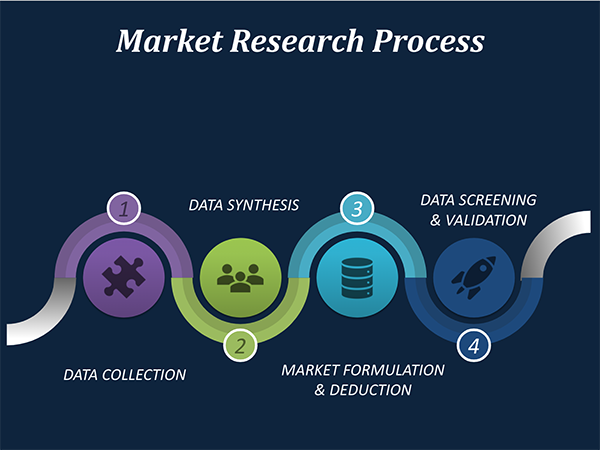
Data Collection: This stage of the market research process involves with the gathering and collecting of the market/industry related data from the sources. There are basically two types of research methods:
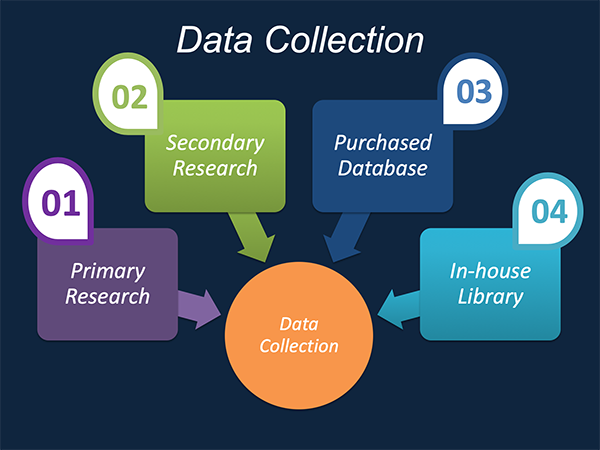
Data Synthesis: This stage includes the evaluation and assessment of all the data acquired from the primary and secondary research. It likewise includes in evaluating the information for any disparity watched while information gathering identified with the market. The data & information is gathered with consideration to the heterogeneity of sources. Scientific and statistical methods are implemented for synthesizing dissimilar information sets and provide the relevant data which is fundamental for formulating strategies. Our organization has broad involvement with information amalgamation where the information goes through different stages:
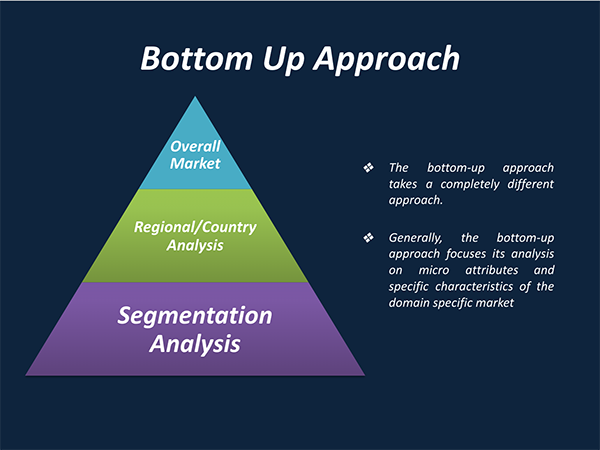
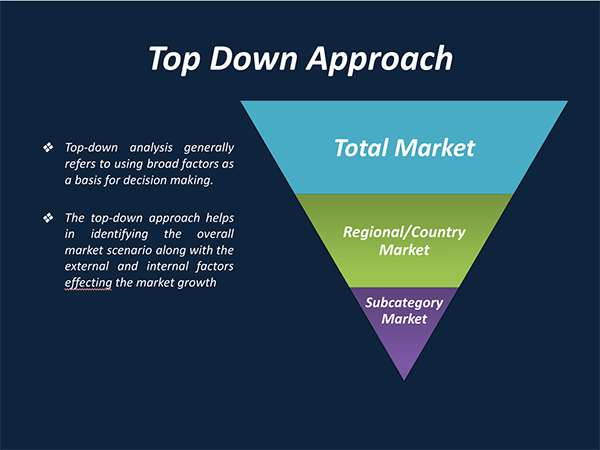
Market Formulation & Deduction: The last stage includes assigning the data & information in a suitable way in order to derive market size. Analyst reviews and domain based opinions based on holistic approach of market estimation combined with industry investigation additionally features a crucial role in this stage.
This stage includes with the finalization of the market size and numbers that we have gathered from primary and secondary research. With the data & information addition, we ensure that there is no gap in the market information. Market trend analysis is finished by our analysts by utilizing data extrapolation procedures, which give the most ideal figures to the market.
Data Validation: Validation is the most crucial step in the process. Validation & re-validation through scientifically designed technique and process that helps us finalize data-points to be used for final calculations. This stage also involves with the data triangulation process. Data triangulation generally implicates the cross validation and matching the data which has been collected from primary and secondary research methods.
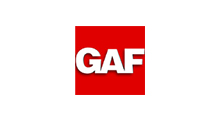

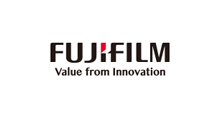
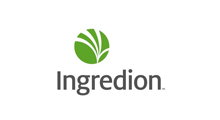

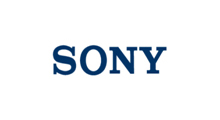
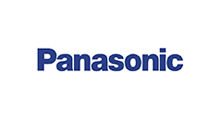
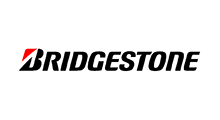
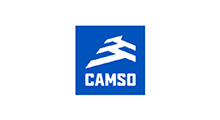
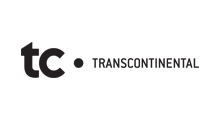
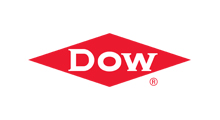
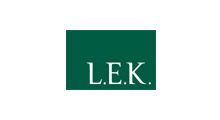
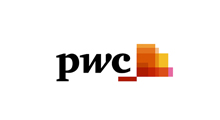

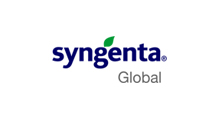
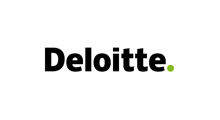
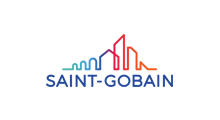
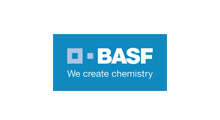
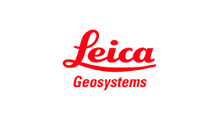
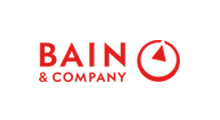
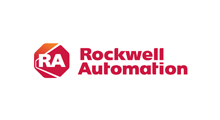
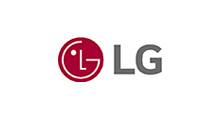
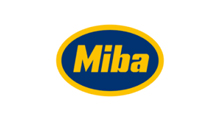
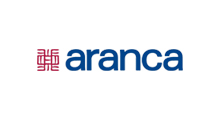
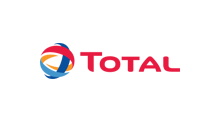
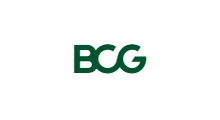
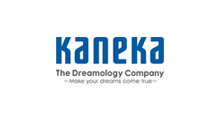
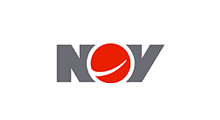
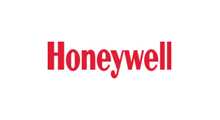
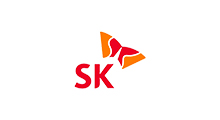
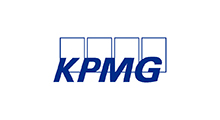
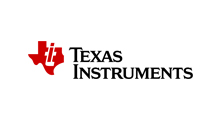
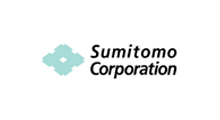
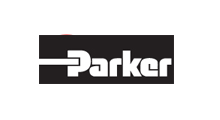
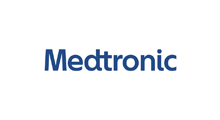
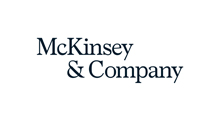
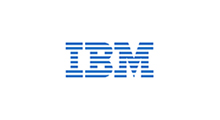
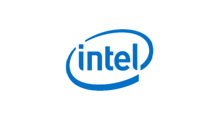
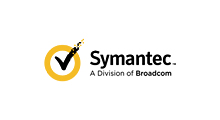
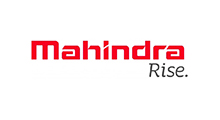
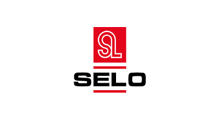
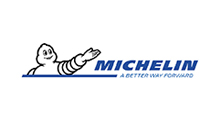
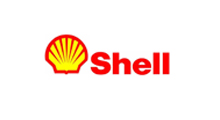
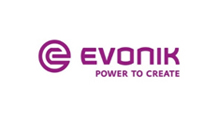

Free Customization
Countries can be added on demand
Free yearly update on purchase of Multi/Corporate User License
Companies served till date

We serve our customers 24x7 for 365 days through calls, emails and live chat options.

Huge database of exceptional market reports bringing market intelligence to your fingertips.

SSL enabled, we offer you various secured payment options for risk free purchase.